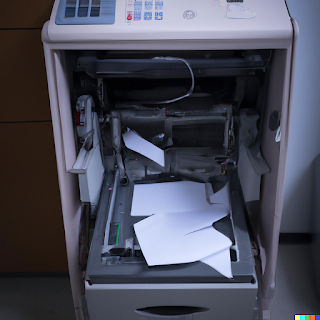Kali Linux Files Management
In the realm of ethical hacking, mastering the essential terminal tools is not just a luxury—it's a necessity. The Kali Linux terminal offers a plethora of commands that can aid both budding and seasoned hackers in managing files efficiently and securely. This guide delves deep into some of the most crucial commands that every ethical hacker should be familiar with.
Key Takeaways:
- Creating
Files with the Touch Command: The touch command is a simple yet
powerful tool in Kali Linux that allows users to create new files
instantly.
- Copying
Files Using the CP Command: The cp command is your go-to tool
for duplicating files. Whether you're backing up data or simply moving
files around, this command is indispensable.
- Renaming
and Moving Files with the MV Command: The mv command serves a
dual purpose. It can be used to rename files and also to move them to
different locations.
- Deleting
Files with the RM Command: Need to get rid of a file? The rm
command lets you do just that. But exercise caution, as deleted files
cannot be easily recovered.
- Using
the TMP Directory: For those who wish to test out files without the
fear of losing them, the tmp directory is a safe haven. Files
stored here are automatically deleted after a system reboot, ensuring that
your system remains clutter-free.
- Permanently
Deleting Files with the Shred Command: In situations where you need to
ensure that a file is gone for good, the shred command comes to the
rescue. It overwrites the file with random data, making it nearly
impossible to recover. The command also offers specific options to
override permissions and specify the number of overwrite cycles.
For professional penetration testers, these commands are
invaluable. They allow hackers to manipulate files on target systems during a
penetration test, ensuring that they can carry out their tasks efficiently and
securely.
Conclusion:
The Kali Linux terminal is a treasure trove of commands that
can make the life of an ethical hacker much easier. By mastering these
commands, you can navigate the Kali Linux filesystem with ease, making your
projects more streamlined and secure.
If you found this guide insightful, don't forget to give it
a thumbs up, share it with your peers, and subscribe for more in-depth
tutorials. Let's come together as a community and push the boundaries of
ethical hacking!


Comments
Post a Comment